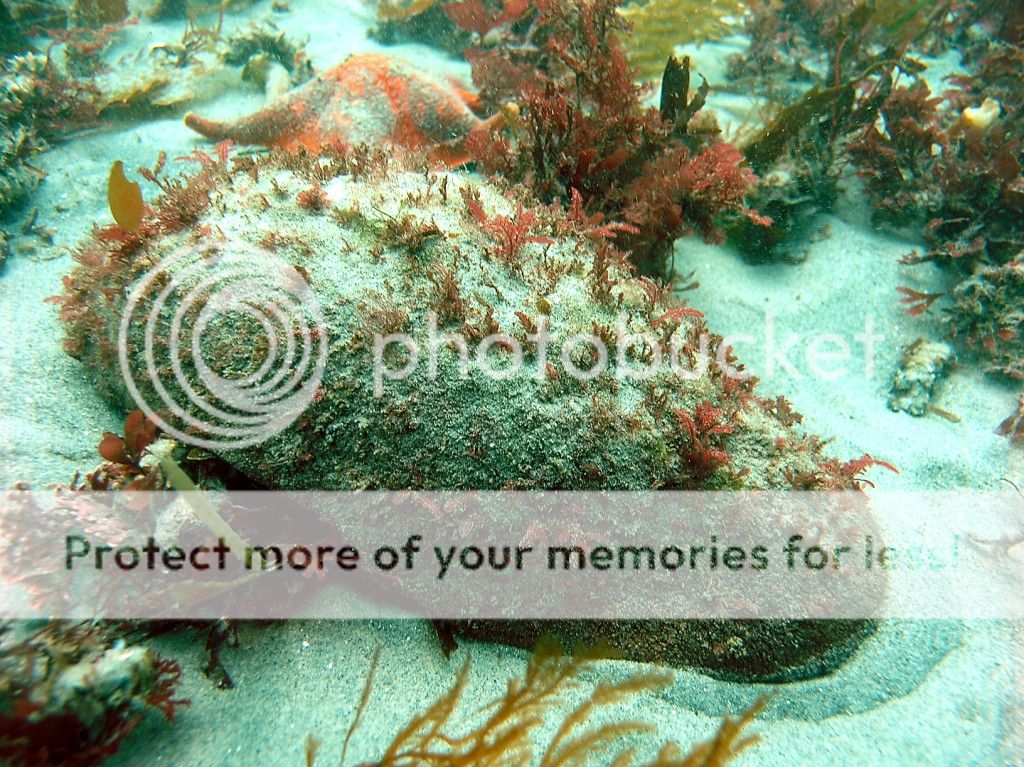“Tell me and I’ll forget; show me and I may remember; involve me and I’ll understand.” – Chinese Proverb
Educating today’s youth on environmental issues is the first and foremost step to solving the impending troubles of tomorrow. Our children need to experience science firsthand and understand the importance of keeping our coastlines healthy. The Long-Term Monitoring and Experiential Training for Students (LiMPETS) program is an intensive environmental monitoring entity that combines youth education, experiential learning, and citizen science into an exciting package.
LiMPETS takes learning one step further – they engage middle school and high school students in real scientific methods to monitor the intertidal zone, providing them with essential hands-on experience that contributes to a well-rounded set of skills and knowledge. Abby Nickels coordinates the LiMPETS program for the Gulf of the Farallones National Marine Sanctuary. She works to connect students with California’s coastal ecosystems through experiential learning by teaching them methods used by scientists to monitor intertidal environments. Abby gives us her insight into this amazing program and what it offers youth.
What is the LiMPETS program all about?
We provide authentic, hands-on coastal monitoring experiences that empower teachers, students, and the community to conduct real science and serve as ocean stewards. Our students are primarily middle and high schoolers, and we host a series of teacher workshops each year.
How do youth benefit from the experiential learning provided by LiMPETS?
Through research-based monitoring and standardized protocols, students develop their problem solving skills, gain experience using tools and methods employed by real field scientists, and learn to analyze data. They also gain knowledge about observing nature, as well as an appreciation about how gathering data can document changes over time and be used to protect our local marine ecosystems.
How many students do you teach in a year?
In a school year (August – June) I teach about 2,000 students in my region. Overall, the LiMPETS program in California serves about 5,000 students per year.
How does your program benefit the natural ecology of the California coastline?
The intertidal habitats of California’s national marine sanctuaries are among the most diverse and productive of any region in the world. Despite their ecological significance and protected status, these habitats, along with sandy beaches, are being increasingly impacted by human activities – directly by harvesting and trampling, and indirectly through pollution and litter. In addition, there are dramatic geological and global climatic disruptions, such as earthquakes, severe storms, and El Niño events that could impact intertidal life along our sanctuary shores. Collecting existing baseline data on their condition is essential.
What habitats/animals do you monitor?
We have two long-term monitoring programs that provide experiential learning:
1) Sandy Beach Monitoring: students survey the distribution and abundance of the Pacific mole crab (Emerita analoga). Mole crabs are among the most important herbivores on beaches along the west coast of North and South America, and are an important link in the sandy beach food web.
2) Rocky Intertidal Monitoring: students survey around 30 key invertebrate and algal species (e.g. Ochre Sea Star, California Sea Mussel, Owl Limpet, Flattened Rockweed, Sea Lettuce etc.)
What happens to the data that your students collect?
The students and/or teachers are required to enter their data into our online database. The online data entry system on this website allows our participants to archive their data electronically, and to view and analyze their results over time. The data is used to report trends to various marine management entities such as the National Marine Sanctuaries, Department of Fish and Wildlife, California Ocean Science Trust, Sea Grant, and others. Thus our students are conducting valuable surveys that are used by scientific and educational institutions.
How far does the LiMPETS program extend? How many sites do you monitor?
Overall, the program covers 600 miles of the California coastline. We currently have 37 sandy beach monitoring sites and 26 rocky intertidal sites. Our most northern site is Salmon Creek beach (north of Bodega Bay) and our most southern site is in La Jolla.
What is your favorite intertidal organism?
The Gumboot Chiton (Cryptochiton stelleri). It has a great nickname – the “wandering meatloaf”! It is the largest Chiton in the world.

Image courtesy of Flickr user Ed Bierman.
What is the most interesting thing you or your students have seen while in the field?
Last spring I was out with a class conducting LiMPETS monitoring at Fitzgerald Marine Reserve. The Reserve is also a Harbor Seal Rookery and we were able to watch a harbor seal giving birth to a pup – it was a very special thing to witness – just amazing!
What is the best part about your job?
The best part of my job is getting students excited about the marine environment. The coastal environment is such a rich and diverse place, and introducing that to students and watching them discover that for themselves is really inspiring. We also work with a lot of students that have never been to the beach or tide pools before and being the one that gets to introduce them to that environment is extremely gratifying.
Educating and Engaging Youth
It is vital for each and every child to not only learn science, but to experience it as well. It’s easy and very beneficial to tell young students about crabs and anemones and show them pictures of sandy beaches were mole crabs hide. However, nothing compares to the experience of being out in nature, not only touching and seeing, but also learning scientific methods and gathering useful data. It’s incredible that programs like LiMPETS exist to provide youth with that crucial connection to our coastlines and oceans. A more informed child will become a more informed adult, one who will make smarter choices for our environment, thus creating a brighter future. Join us in creating healthier coastlines and buy your seafood from distributors certified by the Marine Stewardship Council, such as Pucci Foods.


